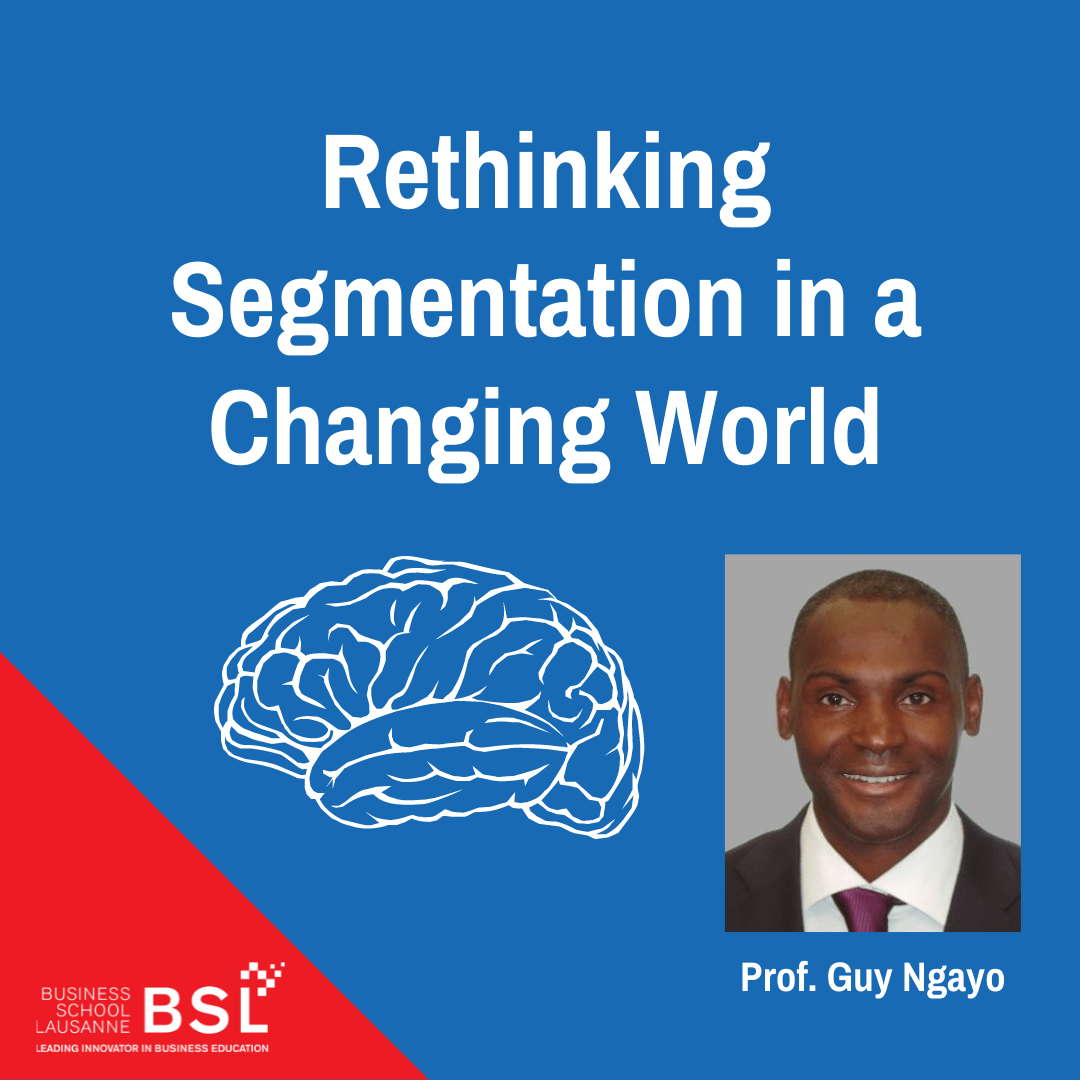
In our fast-changing world, organizations need to constantly change and reinvent themselves to survive in a more intense global competition. Developing the right marketing strategy is essential to help organizations compete and reach their marketing objectives.
Segmentation, one of the key elements of strategic marketing, must therefore be well executed. Segmentation is generally defined as dividing markets into homogenous group of customer segments with distinct needs and wants with the purpose of focusing marketing efforts on targeted segments.
Marketing segmentation finds its roots in the research of Wendell R. Smith in the 1950. Initially the demographic criteria (age, gender, income, education level, etc.) were commonly used to define segments. As the science of marketing evolved, new criteria took turns in the popularity contest, for instance, segmentation based on: functional benefits, emotional benefits, value, tastes and preferences, value lifestyle, customer lifetime value, and international segmentation.
In an ever-increasing digital world, new segmentation criteria need consideration as new segments emerge by strategically computing available big data, online information from real-time sensors, and lifetime data to observe trends. New digital segments would consider digital natives and digital exclusions, digital freelancers, crowds, dynamic groups, influencers. New criteria for digital segmentation include micro-segmentation (for sub digital populations), digital dynamic segmentation, digital behavioral segmentation. As a conclusion, in today’s world effective segmentation work can be conducted by using classic criteria, but should also consider new criteria associated to customers’ familiarity and behavior in the digital world.

